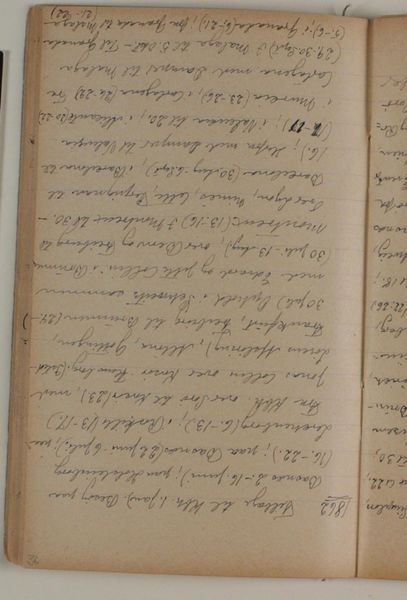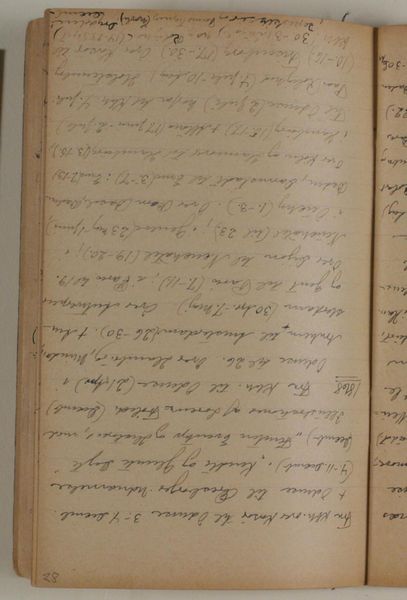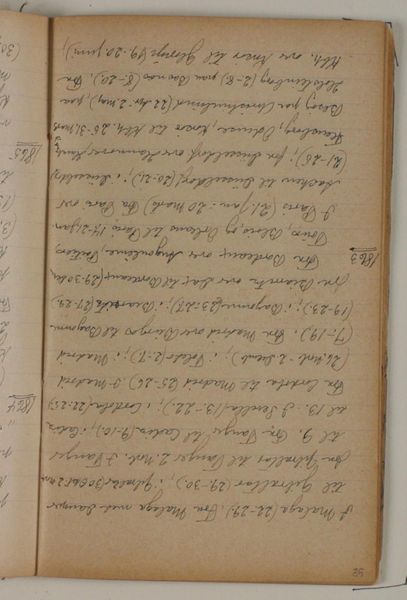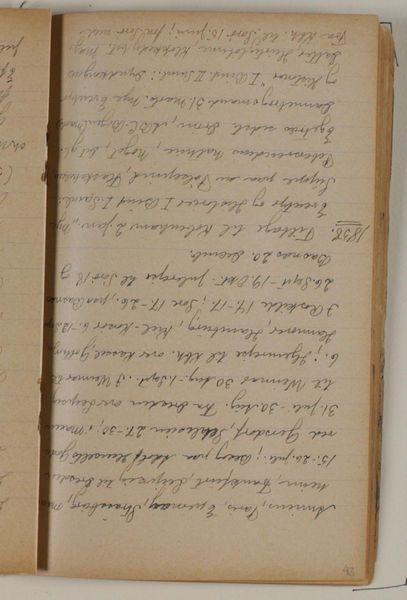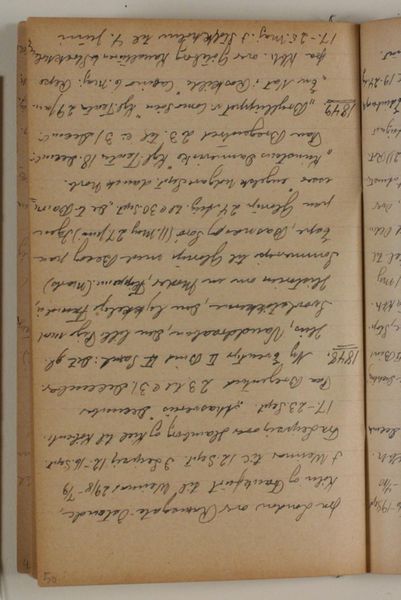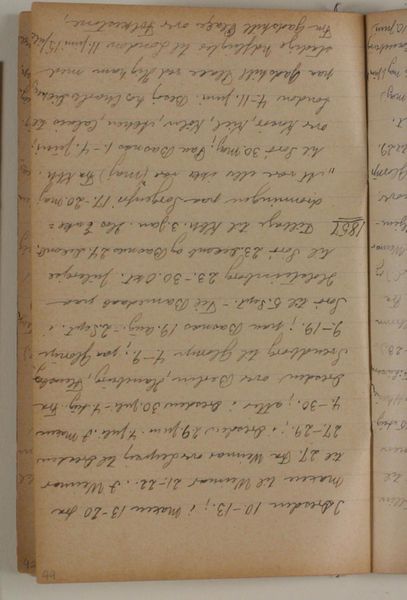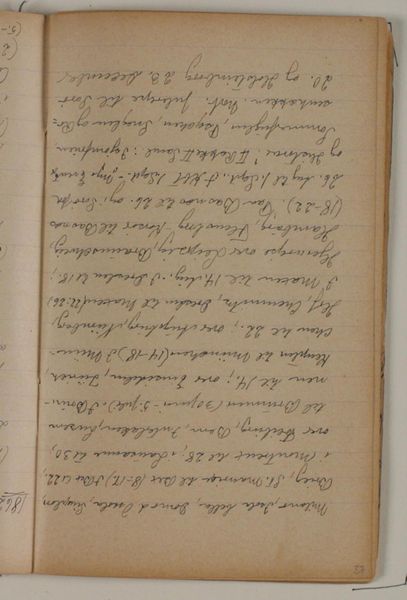
Tidstavle over H.C. Andersens liv 1866-1844 1930 - 1938
0:00
0:00
Editor: Here we have "Tidstavle over H.C. Andersens liv 1866-1844" by Niels Larsen Stevns, created between 1930 and 1938. It's a mixed-media work including drawing, tempera, print, ink, frottage, and watercolor on paper, currently housed at the SMK in Copenhagen. Looking at the close handwriting, I am curious as to the function of a work such as this? What do you see in this piece that resonates from a historical perspective? Curator: What I find particularly interesting is how Stevns visualizes time and biography in the early 20th century. Instead of a traditional portrait or a linear timeline, he uses a fragmented, almost collage-like approach using a mix of materials. This reflects the modern sensibilities, but what exactly does it say about the museum’s acquisition and exhibition practices? Editor: It feels very personal and diaristic, but was it ever intended for a wider audience? Curator: Precisely! Think about the socio-political context. Between the two World Wars, there was a deep interest in national identity and cultural heroes, which would shape art at the time. The museum, backed by the State, may have sought works reinforcing national narratives, casting H.C. Andersen as an important and relatable figure to the wider Danish population. Is the work itself speaking to an attempt to "map" out a time in the authors' life and then make sense of their social position at that time? Editor: I see, it’s almost like the museum is co-opting a more intimate style for public consumption. Curator: Exactly. It compels us to consider the artist's role, the museum's agenda, and how the politics of imagery shape our understanding of history. Did the artist knowingly contribute to these types of societal considerations when producing it? Editor: This piece offers so many more layers to consider about art's role in shaping history. I never looked at art like this. Curator: Absolutely, and it reminds us that art is always in conversation with the society and institutions that surround it, either directly or indirectly.
Comments
No comments
Be the first to comment and join the conversation on the ultimate creative platform.
